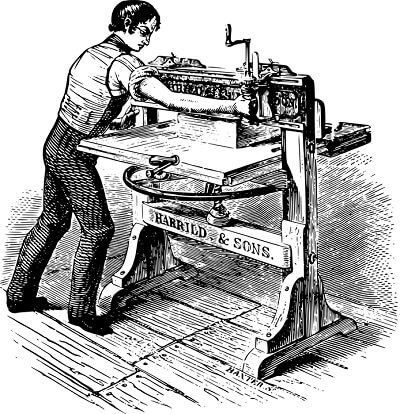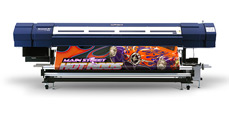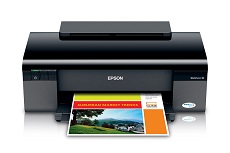A Guide to Understanding How Inkjet Printers Work

One of the most prevalent truths of the modern age is the fact that we barely understand how the devices and technologies we use on a daily basis operate. They make our lives so much easier, yet we don't comprehend the components of our smartphone or the software in our computers. The inkjet printer is another device whose function is a mystery to many.
In colonial times, pioneers handcrafted nearly everything they used, and everyone understood how their technology worked. However, during the Industrial Revolution, multiple layers of understanding were added between the creator and the consumer. Today, most people don’t make the items they use, and they simply don’t understand how things function.
The printer has become a similarly intricate device whose many individual parts are difficult to understand. If you want to learn about how an inkjet printer works, read on to discover more about their popularity, history, and design.
A Printer for the Office or Home

Inkjet printers saw a rise in popularity due to their cost and reliability. As an inexpensive solution for home offices and small businesses, inkjet printers are light and portable, produce high-quality text and images, and print quickly when compared to other printers. They are also initially less expensive than laser printers.
However, the inkjet printer is not necessarily new technology; its precursor, the dot matrix printer, used many of the same printing techniques.
A Brief History of Inkjet Printers
If you want to understand how an inkjet printer works, you might want to explore innovations like the moveable metal type, that was pioneered in the 15th century, or the typewriter, that was created in the 1860s. Both devices work by striking a writing surface with letter-shaped objects.
Early printers mimicked this—golf balls or daisy wheels spun at high speeds to strike the paper once the right letter or symbol was aligned. As technology progressed, using dots to create symbols and letters led to the dot matrix printers of the 1990s, which used a few dozen tiny needles that struck a ribbon, which subsequently printed onto paper. While this was an adequate initial printer, the next innovation was the inkjet printer.
How Does an Inkjet Printer Work?

Instead of metal needles, an ink jet printer fires dots of ink onto the page. While some inkjet printers heat the ink so that it explodes before reaching the page, others rely on electric currents to print text. Instead of utilizing 64 dots per character like the dot matrix printer, the inkjet printer can spray up to 5,000 dots per inch! In fact, recent innovations have radically improved both printing speed and image clarity.
The Benefits of an Inkjet
While this was only a short overview of the function of an inkjet printer, it answers the basics of how an inkjet printer works. Once you’ve learned the operation of the inkjet printer, you can improve its efficiency, find the best ink cartridges, and easily repair it if it breaks. An inkjet printer, coupled with the right ink cartridges, can produce images and text with unsurpassed quality and durability.
If you learned something new about inkjet printers, explore our blog to discover more about printers, ink and toner cartridges, and more.
